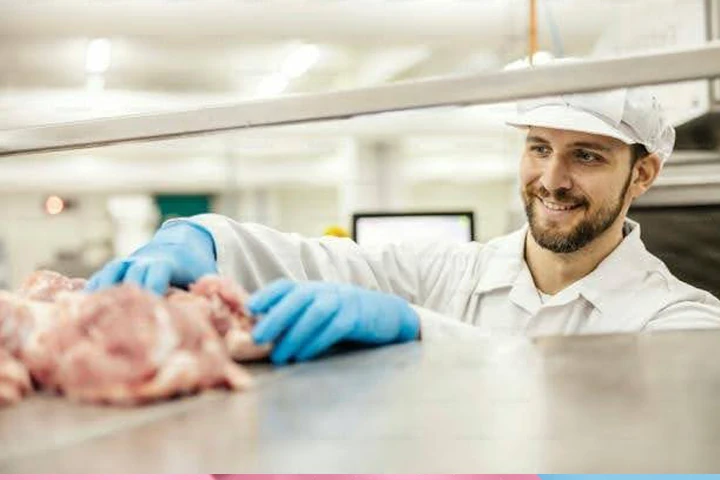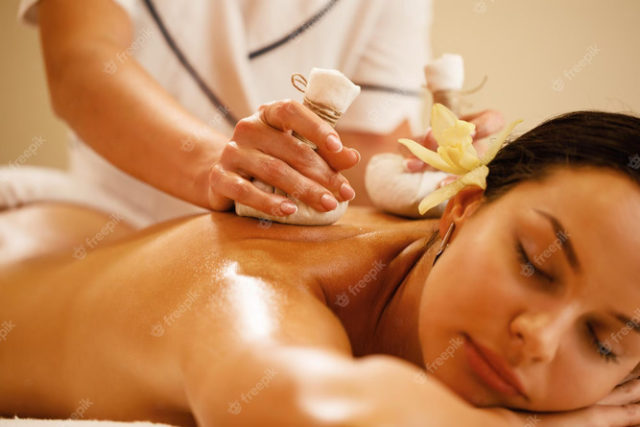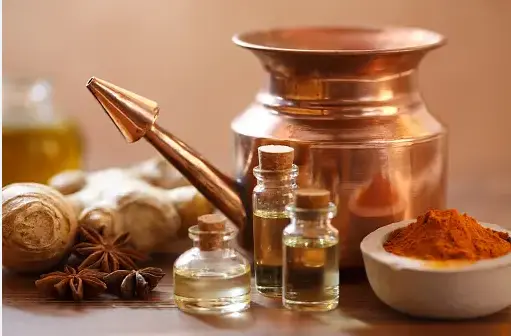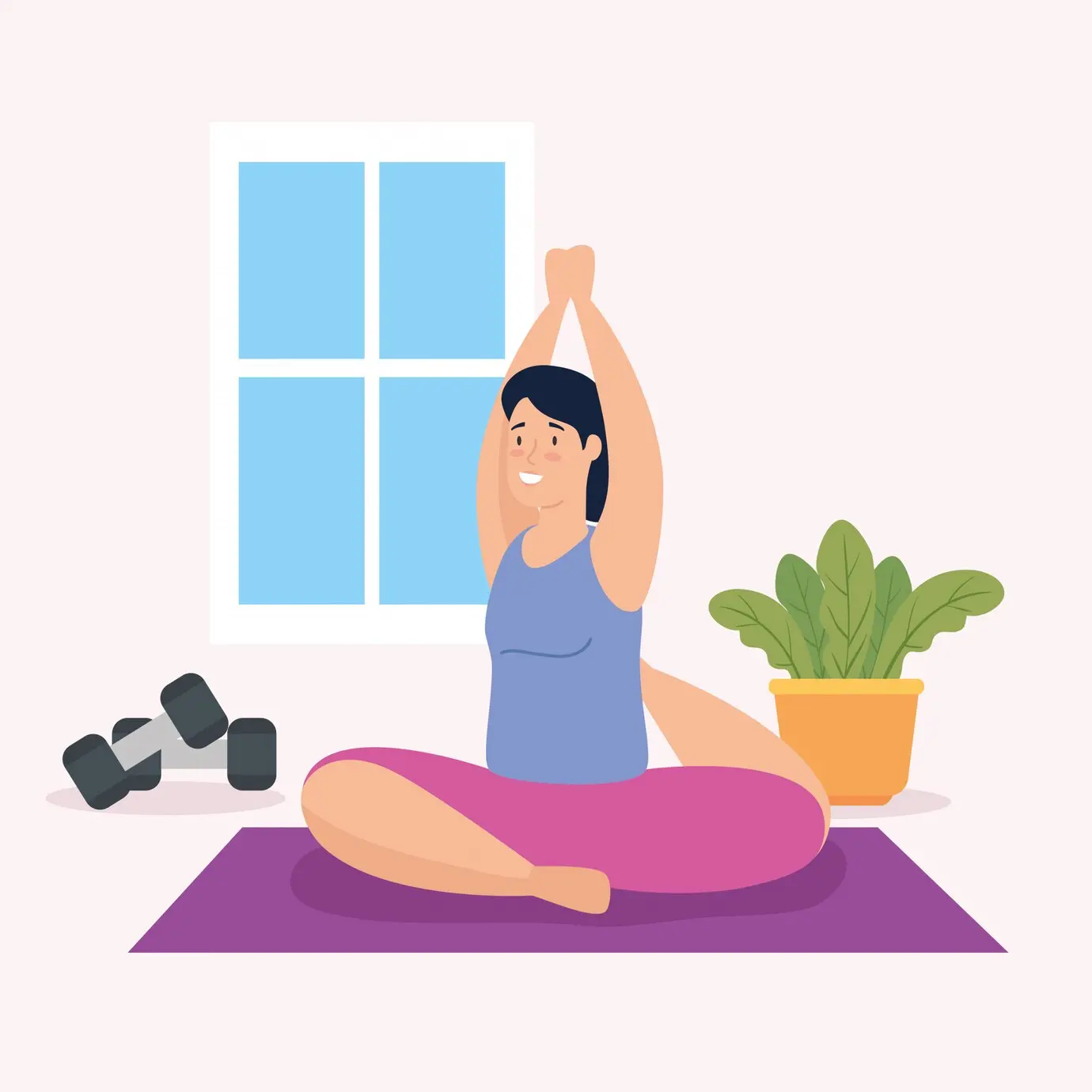Abhyanga is the Sanskrit term for an oil massage. However, the technique involves massaging oneself with heated oil from head to toe. This is a cornerstone of Ayurvedic treatment because it provides harmony to the body by balancing the doshas, or energies.
In Ayurvedic theory, Vata, Pitta, and Kapha are the three doshas that control the body. The elements of air, fire, water, earth, and ether are all represented in the five doshas. The balance of these doshas affects a person’s physical and mental qualities and vulnerability to sickness.
Benefits of Abhyanga
The following are the benefits of Abhyanga:
- Reduces Anxiety and Stress: Abhyanga is a calming technique that may aid in the reduction of tension and worry. Warm oil massages are a great way to unwind and relieve muscular tension.
- Enhanced Sleep Quality: Better sleep is another benefit of abhyanga. It has soothing properties and may help you have a good night’s sleep.
- Helps Maintain Healthy Skin: Abhyanga has additional benefits for skin health, including hydration and nourishment. Soft and supple skin results from the warm oil’s thorough hydration.
Methods for Performing Abhyanga
The following are the steps to do Abhyanga:
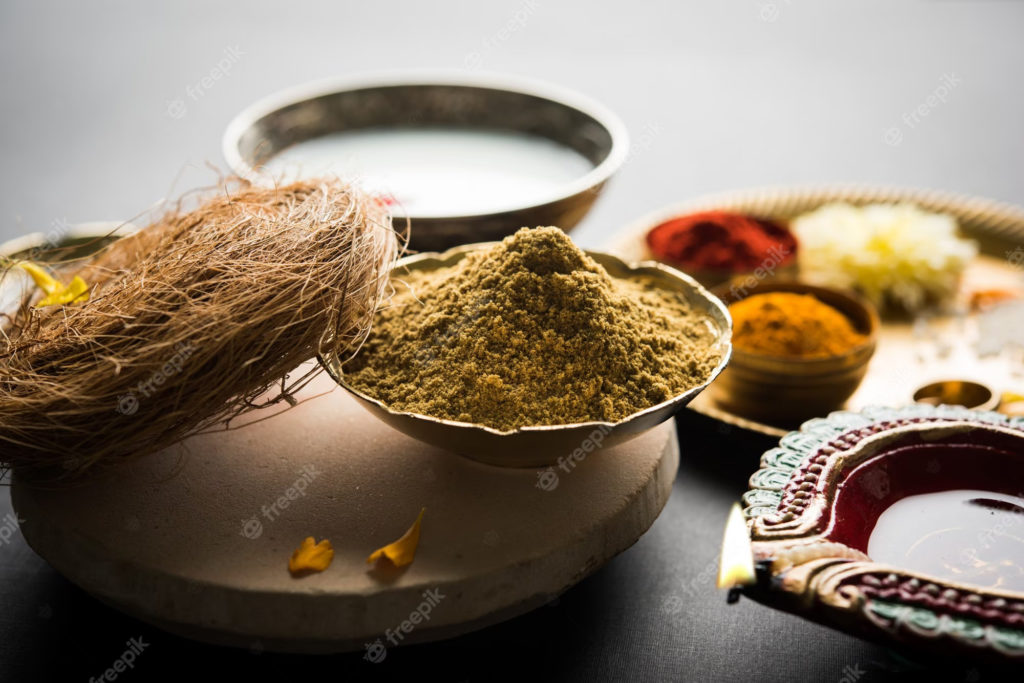
- Environment: Take a seat somewhere toasty warm or at normal temperature. Ensure you have a towel below you in the bathroom or bedroom to absorb any oil that may have spilt.
- Select the Appropriate Oil Based on Your Dosha: Your mental body shape, personality characteristics, and emotional inclinations are all determined by your dosha, the dominating element (or components) in your physiology.
- Preheat the Oil: Warm it in a cup by placing it in a bigger pan containing boiling water.
- Begin with the Scalp: There are more marma points on the scalp than anywhere else on the human body. Hence, apply oil to your scalp, then massage it with upward strokes and tiny circles.
- Go to the Face: Use upward circular motions to massage your forehead, temples, cheeks, jaws, upper lip, lower lip, and chin. Ears and ear lobes contain several marma points and nerve endings and should also be massaged.
- Neck and Shoulders: Apply pressure on your neck from the base of your skull to the tip of your chin. Rub your shoulder joint like you’re brushing something off, working from the inside out. Apply pressure in large, circular motions to your shoulder joints.
- Chest and Abdomen: Apply circular, clockwise pressure to these locations.
- Arms and Legs: Draw the limbs with large strokes and the joints using circular ones. Apply pressure on your shoulders and thighs using your hands or feet.
- Hands and Feet: Apply a light, rhythmic massage to the tops and bottoms of your feet and hands. Then, massage your foot/hand with gentle circular motions using your thumb. Therefore, utilise the opening of your palm or knuckles for a firmer movement. You may also relieve stress and tension in the nerve endings by massaging your toes and fingers individually and then pulling on their tips.
- Leave the Oil for a Few Minutes: For the oil to be absorbed and reach the deeper layers of your body, let it sit on your skin for at least 5-10 minutes. Relax and soak in the oil massage has bestowed onto your body, mind, and soul.
- Take a bath: Take a shower with lukewarm water and light soap.
- Wipe Yourself Dry: Instead of rubbing your body dry after a shower, pat yourself dry with a soft towel to help your skin keep its natural moisture, smoothness, and flexibility.

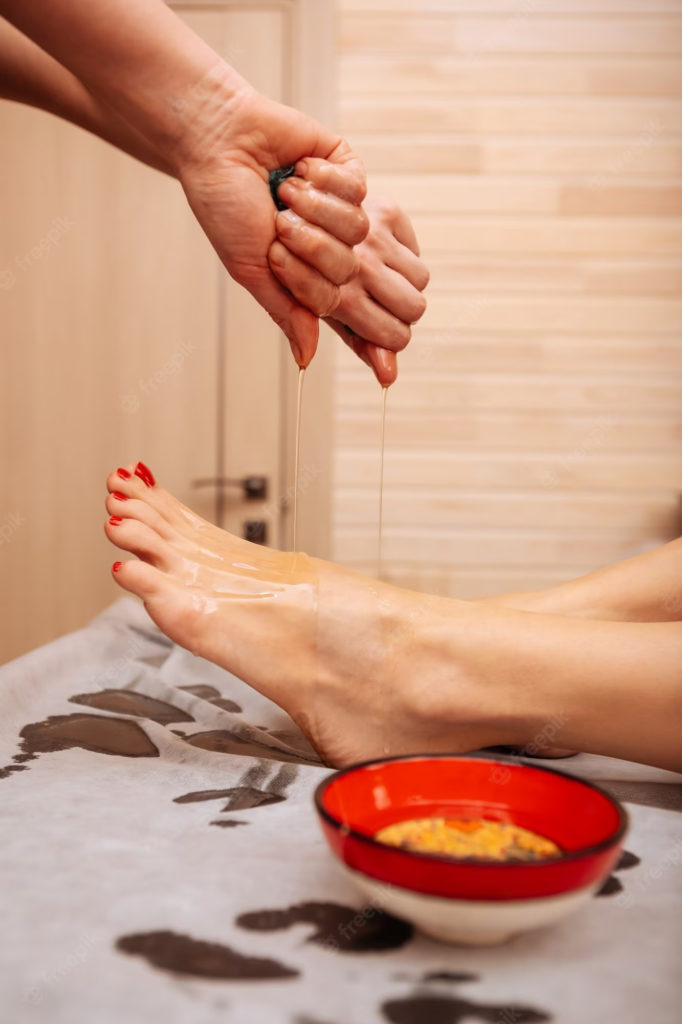
Conclusion
The Ayurvedic practice of abhyanga has been shown to benefit relaxation, cleansing, and general health. In addition, you may feel the numerous advantages of this age-old technique by giving yourself a massage using high-quality oils and devoting the time necessary to do the massage with love and purpose.















